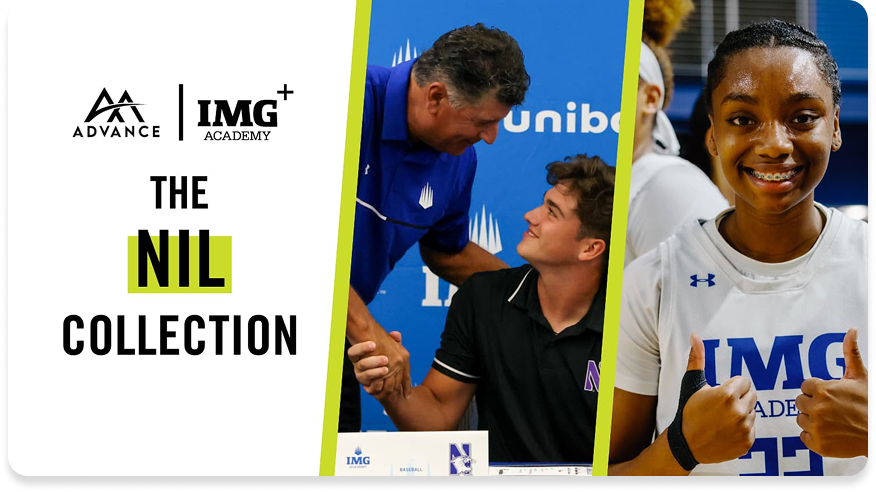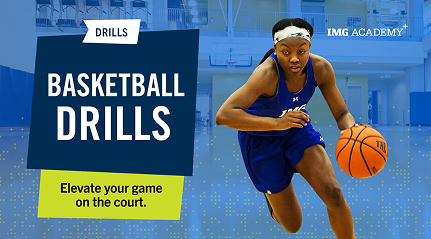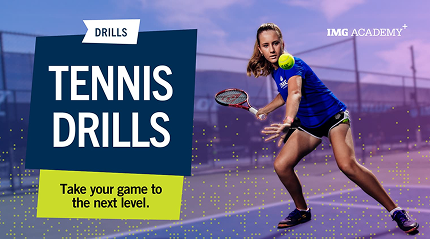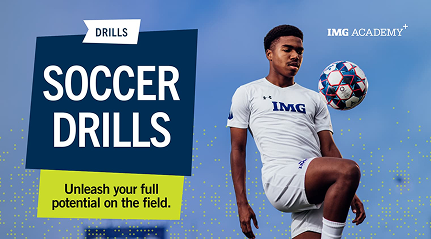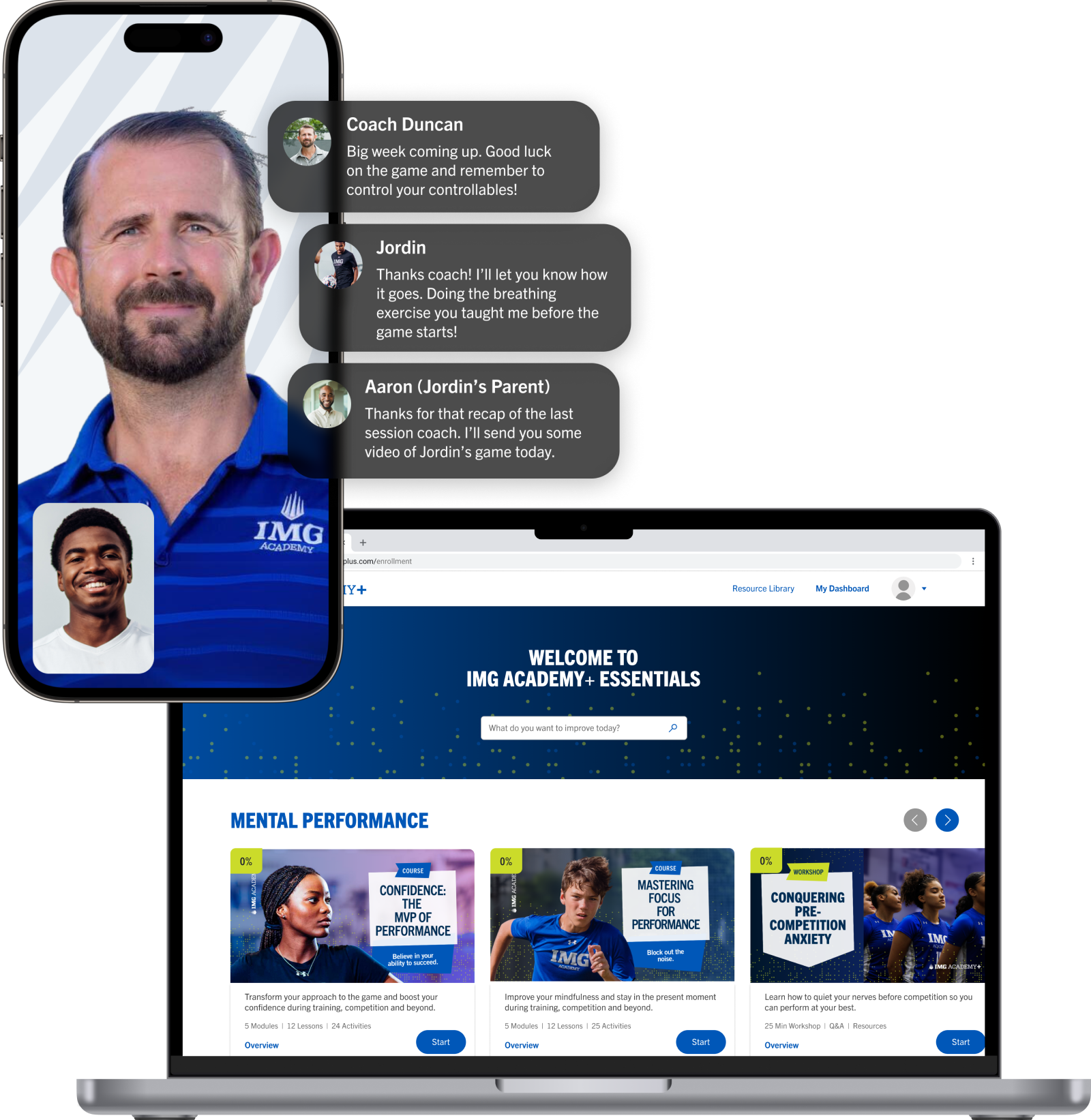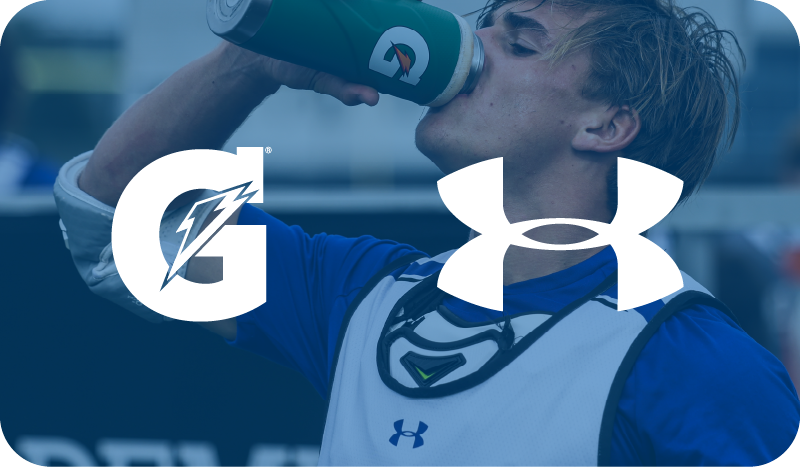Training for a sport that demands a lot of focus requires a delicate balance between exertion and recovery. Research shows that downtime is crucial to bouncing back with renewed motivation and energy and avoiding pitfalls such as overtraining, burnout, and injury. But determining the frequency and duration of those breaks isn’t one-size-fits-all.
“Athletes’ rest needs vary widely,” says Austin O’Brien, a Mental Performance Coach at IMG Academy. “For instance, after the NBA Finals, Denver Nuggets center Nikola Jokić famously refrained from touching a basketball for two months. Similarly, elite distance runners commonly take extended breaks after major races. But some athletes thrive with just a couple of days off.”
Here, O’Brien explains how to know when you’re ready for a break — and how to make the most of that time.
How to Know When It’s Time for Time Off
The key to preventing physical and mental fatigue is balancing what’s happening in the sympathetic (fight-or-flight) and parasympathetic (rest-and-digest) parts of your nervous system. Over-reliance on the sympathetic response can lead to injury, illness, and burnout.
Monitoring heart rate variability offers a window into an athlete’s readiness for training. “It’s the variance in your heart rate,” O’Brien explains. A higher HRV indicates a well-rested nervous system. Tools such as the Oura Ring, the Whoop fitness band, and smartphone apps can track HRV effectively, providing early warning signs of fatigue or stress.
Feeling that participating in a sport isn’t fun anymore may also be a sign that you’re ready for some downtime.
“If we get to the point where we’re not looking forward to practice and we’re so stressed we don’t want to play, we’ve crossed a line. Those are telltale signs that we may be on the verge of pushing it,” O’Brien says.
Of course, there are absolutely times when student-athletes don’t look forward to things — say, running sprints. “But that’s a specific thing, one part of practice that is hard, versus the global outlook that we’re not having fun anymore. A big part of my job is making sure kids are having fun and enjoying what they’re doing,” O’Brien adds.
An athlete’s physical state may also indicate that they need time away.
“Are we physically totally healthy? That will play into how much time we take off. Generally, if you finish the season fresh and happy, you don’t require as much downtime,” O’Brien says.
How to Make the Most of Time Off
It’s important to remember that there’s more than one way to take a break: There’s active and passive recovery.
Active recovery means deliberately doing something to speed the recovery. “We’re going for a walk, taking a hot bath, foam rolling,” O’Brien explains. Passive recovery means letting time run its course — as in, taking days, weeks, or months off.
“Both should be considered part of training,” O’Brien says. “There’s that old saying that stress plus rest equals growth. I’ve seen athletes have success after taking two weeks fully off, or just after having three easier practices in a row.”
He is also a fan of “low discipline” training as an alternative to time away from sport.
“If we’ve had months where we’ve followed a very strict training routine, it can be valuable to have some practices where you’re not strict with stuff,” O’Brien says. This means doing your sport on your own time, without a prescribed structure, and just having fun with it.
And if time away or low-discipline training are not feasible during the competitive season, simply focusing on your breath in a quiet setting can promote relaxation and mental clarity. Alternatively, techniques such as box breathing (breathing in for four seconds, holding your breath for four seconds, breathing out for four seconds, then holding your breath again for four seconds) can help soothe the nervous system and jump-start recovery after a game or an intense practice.
Time away from sport may also be a good opportunity to assess why you play a sport.
“If a student-athlete knows what they enjoy about a sport and why, they’ll be more likely to go to practice excited,” O’Brien says. “If they don’t have that intrinsic motivation, they might be more likely to experience burnout.”
What Not to Do During Your Downtime
“Athletes are always stimulated, especially those in school,” O’Brien says. “They’ve got homework, tests, possibly multiple sport practices. And then what do they do to rest? They go home, sit on the couch, and stare at their phones. Instead of resting, we’re absorbing stimuli, which is not helpful.”
Worst of all may be comparing yourself to others on social media. “This can be very harmful,” he says.
O’Brien, an endurance athlete, knows the value of rest perhaps better than most. “I went four years without a proper downtime and am now battling chronic injuries! I’ve learned my lesson and have incorporated more planned recovery within my heavier training periods as well as added a longer period of low discipline and no racing at least once per year,” he says. “During this period, I still run or cross-train, but it’s less structured and more for fun rather than training. This has become an important time for physically healing as well as mentally building the fire to compete again.”
Ready to learn how you perform in the clutch? Take IMG Academy’s on-demand focus course.



